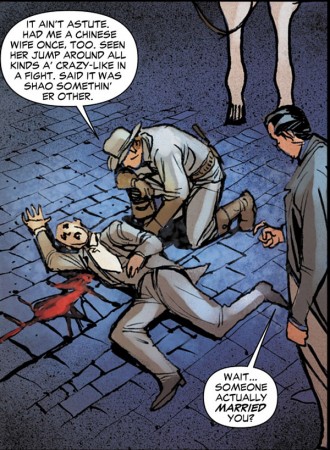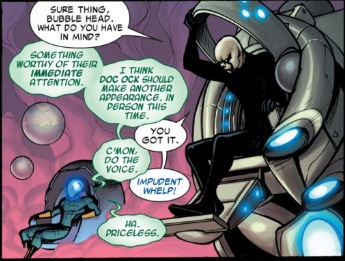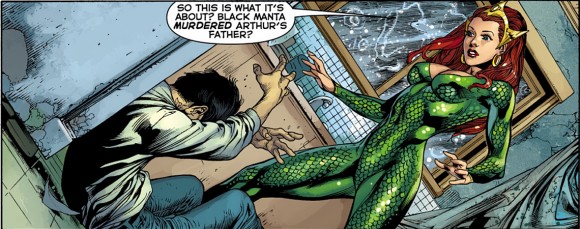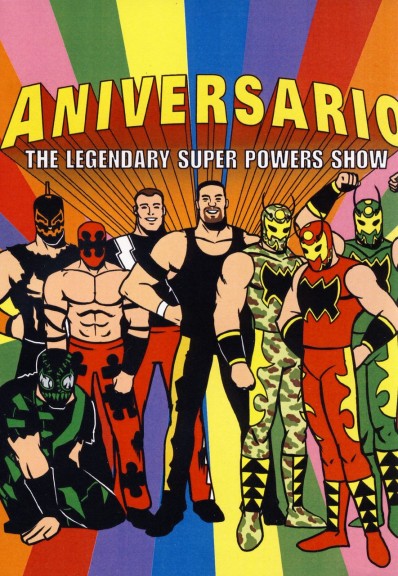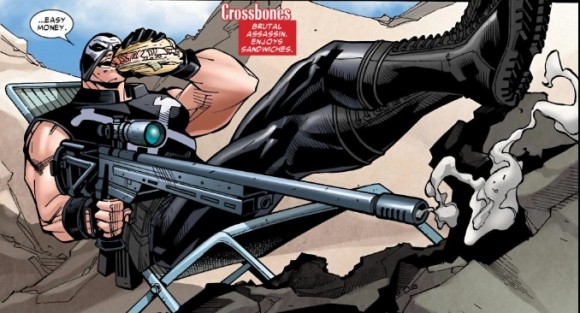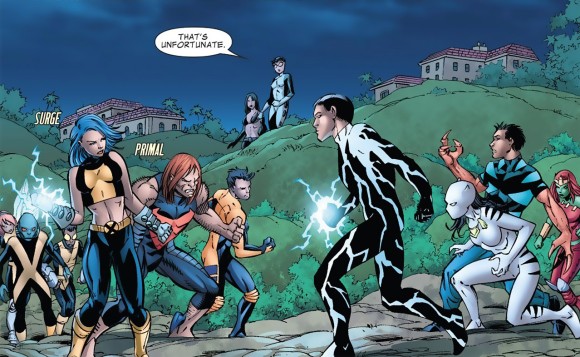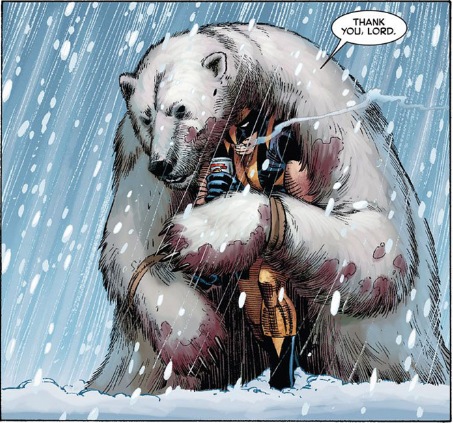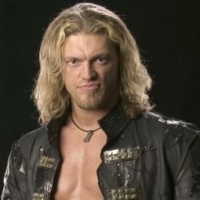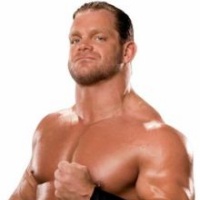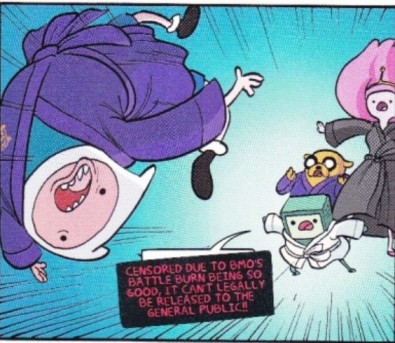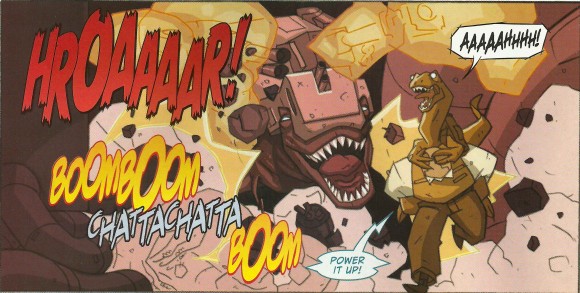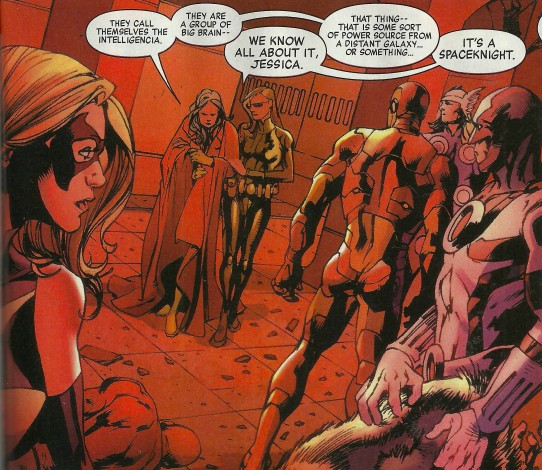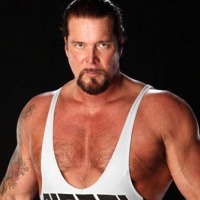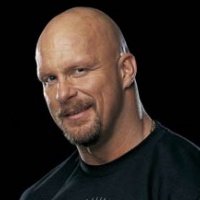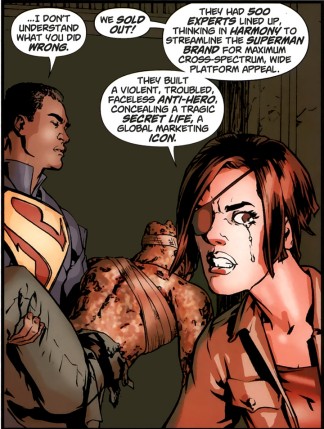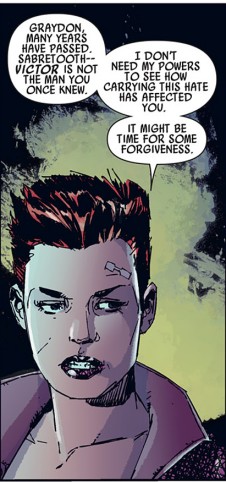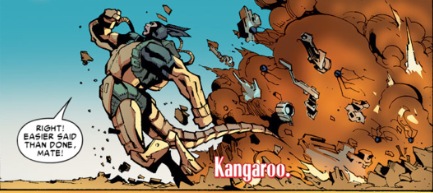I talk about wrestling a lot. I’d like to think that in my 20+ years of following it, I know at least a thing or two. I’ve said it a million times before, but to reiterate, it really is the most intriguing and fascinating business. Maybe that’s why I shrugged off the whole Before Watchmen/Alan Moore controversy going on in the comic world because honestly, that’s nothing compared to the petty and deplorable stuff I’ve seen in the wrestling business and I’m too jaded to care. It has its ups and it has its downs, but ultimately, the history of it all tends to be more entertaining and worth paying attention to than the scripted stories they’re portraying. After all, it’s a business run by power-hungry egomaniacs who act like man-children with many of them either delusional or on drugs.
Just because I thought it would be fun to write about, I thought I would go through the basic history of wrestling in the United States. Something to educate the outsiders looking in, the new viewers who are curious, the people who’ve skipped around, those who stopped watching years ago or the longtime fans who wouldn’t mind sitting back and enjoying a refresher. I want to make this accessible, so I’m going to stray from most insider terms. Since it’ll annoy me, there are some exclusions, so let me get these out of the way:
Face: good guy
Heel: bad guy
Turn: go from good to bad or vice versa
Push: promote and move up the card
Bury: drop down the card or make someone look foolish
Booker: writer
I should reiterate that this is my take on everything. I’m sure it isn’t accurate, but I figure it’s close enough. Again, I only intend to cover the US stuff, since I don’t know the slightest about Mexico, Canada, Japan or Europe.
Professional wrestling started up in the late 19th century, usually in the form of a carnival sideshow. At first, it was a legitimate fight, usually between the wrestler and anyone who thought they could take him, but over time, the brains behind the operations realized that if the challenger was in on it, they could make more money with less risk. The popularity spread across the decades enough that federations were built up, each with their own championship and everything. The territory days made it pretty easy for a wrestler to keep himself fresh, as once things got sour, they were able to simply move on to the next territory and start anew. For instance, a wrestler could gain a reputation as an unbeatable monster villain, eventually make a couple other wrestlers look better by beating him. Eventually, he’ll lose his fictional luster and is no longer considered much of a threat, but then he can travel elsewhere and be seen as an unbeatable monster again, starting the cycle over.

The first wrestler to truly catch the public’s eye was Gorgeous George, a heel who decided to add an excessive amount of flair to his pretty boy character to the point that the fans were in a frenzy whenever he showed up. He was rude, vain, pampered and insulting and the fans paid hand over fist for the possibility of seeing someone shut him up. With the advent of television, he became a media superstar and would be credited for inspiring Muhammad Ali’s charismatic personality.

With the territory system, many federations were able to coexist without too many problems and they even did business with each other regularly. Vince McMahon Sr., who ran the World Wide Wrestling Federation, would rent out his superstar Andre the Giant to other territories and bring them huge business. In the early 80’s, Vince Sr. sold the WWWF to his son Vincent Kennedy McMahon, a genius in his own right who has more issues than Time Magazine. Soon after Vince Sr.’s death, his son went against the big territorial truce and decided to dominate professional wrestling. While wrestling companies were shown on local TV, Vince made his renamed World Wrestling Federation national and overshadowed the rest of the market. He bought off the biggest names from different territories and stacked up the WWF to the point that it was like the Yankees.
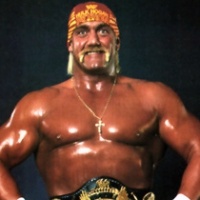
The WWF’s poster boy was Hulk Hogan, an entertaining big man who became a breakout star after appearing in Rocky 3 as Thunderlips. McMahon started a partnership with the then-new cable channel MTV as a way to team up and play off each other in the name of promotion. The Rock ‘n’ Wrestling Connection was created, pushing both sides harder into the media limelight. McMahon incorporated as many celebrities as possible, leading to the first installment of his big event Wrestlemania. While the show is a bit rough to watch due to today’s standards, the main event, which featured Hogan teaming up with Mr. T, helped it do gangbusters.
Read the rest of this entry �

